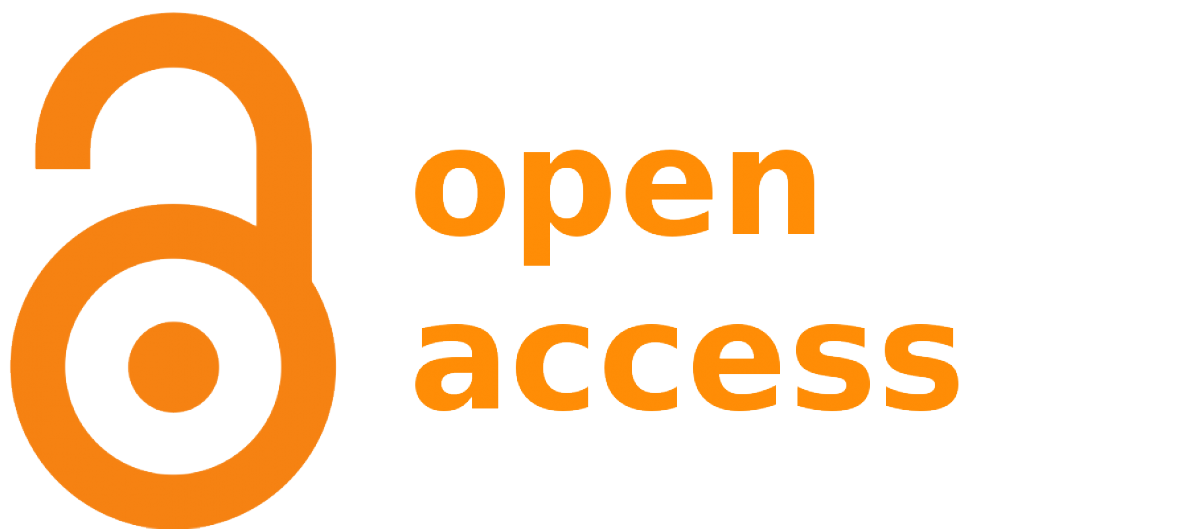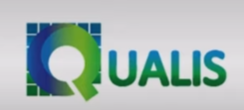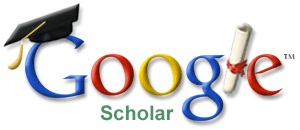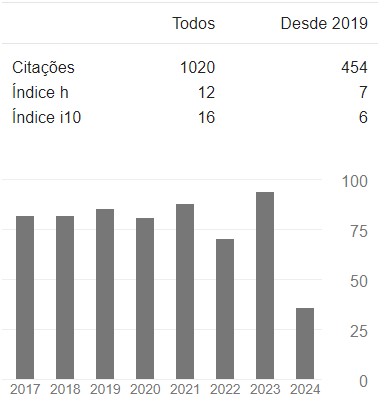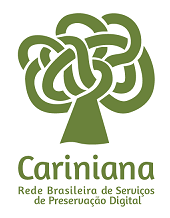On the Trails of the Marvelous: The Fairy
DOI:
https://doi.org/10.5433/1678-2054.2013v26p61Keywords:
Marvelous, Fairy, Perrault, GrimmAbstract
The marvelous is present in works of literature since its inception, noting the appearance of supernatural events and characters. The aim of this paper is to analyze the marvelous, considering the ideas we find in different researchers, and the fairy’s image, especially in the short stories of Charles Perrault and the brothers Grimm.Downloads
References
BETTELHEIM, Bruno. A Psicanálise dos Contos de Fadas. São Paulo: Paz e Terra, 1980.
BRANDÃO, Junito de Souza. Mitologia Grega. v.1. Petrópolis-RJ: Vozes, 2002.
CASCUDO, Luís da Câmara. Contos Tradicionais do Brasil. São Paulo: Global, 2004.
CHEVALIER, Jean & Alain Gheerbrant. Dicionário dos Símbolos. Rio de Janeiro: José Olympio, 2002.
CHIAMPI, Irlemar. O Realismo Maravilhoso. São Paulo: Perspectiva, 1980.
COELHO, Nelly Novaes. Literatura Infantil: Teoria – Análise - Didática. São Paulo: Moderna, 2000.
COELHO, Nelly Novaes. O Conto de Fadas: Símbolos Mitos Arquétipos. São Paulo: Difusão Cultural do Livro, 2003.
COLASANTI, Marina. Entre a Espada e a Rosa. Rio de Janeiro: Salamandra, 1992.
DARNTON, Robert. O Massacre de Gatos e outros Episódios da História Cultural Francesa. Rio de Janeiro: Graal, 1986.
FRANZ, Marie-Louise Von. Animus e Anima nos Contos de Fadas. Campinas-SP: Verus, 2010.
FRANZ, Marie-Louise Von. O Feminino nos Contos de Fadas. Petrópolis/RJ: Vozes, 2000.
FURTADO, Filipe. A Construção do Fantástico na Narrativa. Lisboa: Horizonte Universitário, 1980.
FURTADO, Filipe. s.v. “Fantástico (Gênero)”, E-Dicionário de Termos Literários (EDTL), coord. de Carlos Ceia. ISBN: 989-20-0088-9. Disponível em: <http://www.edtl.com.pt/index.php?option=com_mtree&task=viewlink&link_id=187&Itemid=2>. Acesso em 16/11/2013.
GRIMM, Jacob e GRIMM, Wilhelm. A Bela Adormecida e outras Histórias. Trad. Zaida Maldonado. v.1. Porto Alegre: L&PM, 2006b.
GRIMM, Jacob e GRIMM, Wilhelm. O Príncipe Sapo e outras Histórias. Trad. Zaida Maldonado. v.2. Porto Alegre: L&PM, 2006a.
GRIMM. Contos dos Irmãos Grimm. Editado, selecionado e prefaciado por Clarissa Pinkola Estés. Rio de Janeiro: Rocco, 2005.
HELD, Jacqueline. O Imaginário no Poder: as Crianças e a Literatura Fantástica. São Paulo: Summus, 1980.
LEAL, José Carlos. A Natureza do Conto Popular. Rio de Janeiro: Conquista, 1985.
LE GOFF, Jacques. Para um Novo Conceito de Idade Média. Lisboa: Estampa, 1980.
LE GOFF, Jacques. O Maravilhoso e o Quotidiano no Ocidente Medieval. Lisboa: Edições 70, 2010.
MICHELET, Jules. A Feiticeira. São Paulo: Círculo do livro, s/d.
NASCIMENTO, Dalma. “Mulher no espelho: infrações e refrações”. Perspectivas 3 – Modernidades. Rio de Janeiro: UFRJ, 1988.
PERRAULT, Charles. Contos de Perrault. 2.ed. Belo Horizonte: Itatiaia, 1989.
PROPP, Wladimir. Morfologia do Conto. 5.ed. Lisboa: Vega, 2003.
ROAS, David. Tras los Límites de lo Real. Una definición de lo fantástico. Madrid: Pági- Madrid: Páginas de Espuma, 2011.
TODOROV, Tzvetan. Introdução à Literatura Fantástica. 3.ed. São Paulo: Perspectiva, 2004.
TOLKIEN, J. R. R. Sobre Histórias de Fadas. São Paulo: Conrad Editora do Brasil, 2006.
WARNER, Marina. Da Fera à Loira: sobre Contos de Fadas e seus Narradores. São Paulo: Companhia das Letras, 1999.
Downloads
Published
How to Cite
Issue
Section
License
Authors who publish in this journal agree to the following terms:
a) The authors retain the copyright and grant the journal the right of first publication, the work being simultaneously licensed under the Creative Commons Attribution-NonCommercial 4.0 International License, allowing the sharing of the work with acknowledgment of the authorship of the work and initial publication in this journal.
b) Authors are authorized to assume additional contracts separately, for non-exclusive distribution of the version of the work published in this journal (eg, publish in an institutional repository or as a book chapter), with acknowledgment of authorship and initial publication in this journal.
c) Authors are allowed and encouraged to publish and distribute their work online (e.g. in institutional repositories or on their personal page) after the editorial process, as this can generate productive changes as well as increase impact and citation of the published work (See The Effect of Open Access).
d) The authors of the approved works authorize the journal to, after publication, transfer their content for reproduction in content indexers, virtual libraries and the like.
e) The authors assume that the texts submitted for publication are of their original creation, taking full responsibility for their content in case of any objection by third parties.




